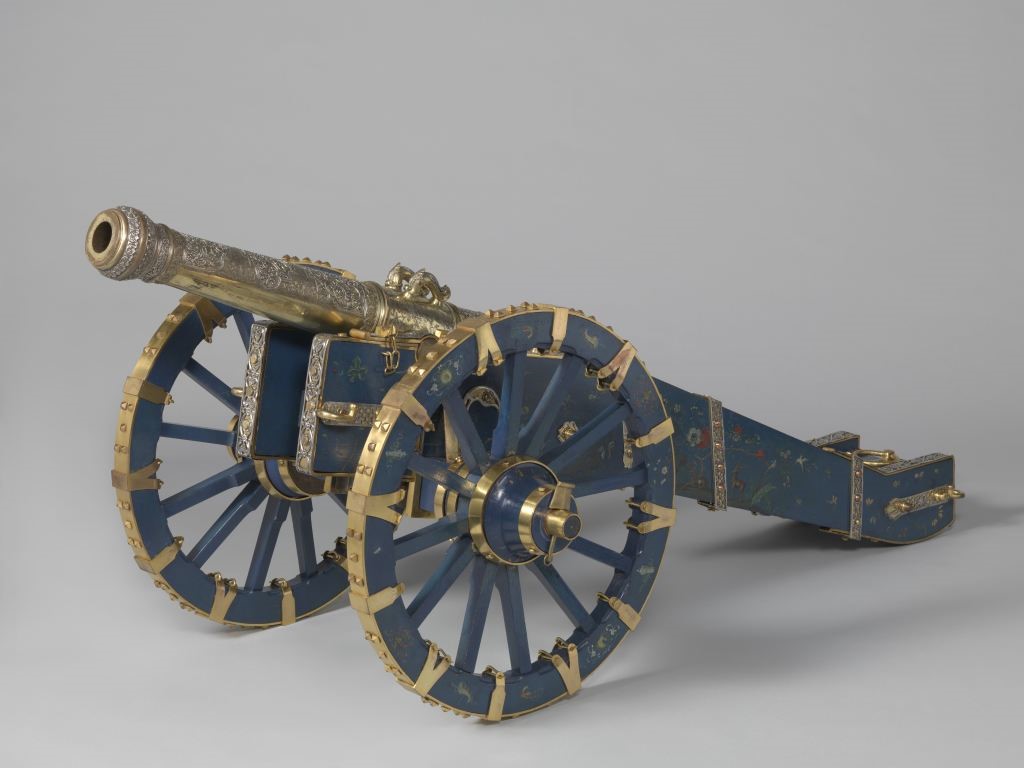

Sapan News The Netherlands has announced that it will return hundreds of colonial-era artefacts to Sri Lanka, including a bejewelled cannon, the Associated Press reports.
On July 6, the Dutch government said that two museums – the National Museum of World Cultures and the Rijksmuseum – will return 478 objects of cultural significance to Indonesia and to Sri Lanka. The government acknowledged that the objects were wrongfully brought to the Netherlands during the colonial period and acquired under duress or by looting.
The decision to return the valuables was made after recommendations from a Dutch committee set up in November 2019 to assess requests for the restitution of artifacts in state museums.
Among the stolen goods, the ‘Cannon of Kandy’ is the most notable.
“One of the six objects to be returned is the famous and richly ornamented Cannon of Kandy,” says a press release from the Rijksmuseum, Netherlands’ national museum of art and history. “The cannon is made of bronze, silver and gold, and inlaid with rubies. The barrel is decorated with the symbols of the King of Kandy: a sun, a half-moon and a Sinhalese lion.”

“The cannon had a purely ceremonial function – it might have been used to fire the salute shots that welcomed important visitors to the king.”
The note added that Dutch East India Company troops looted the antiquity during the siege and plunder of Kandy in 1765. It was later gifted to William V, Prince of Orange, for his cabinet of curiosities in The Hague. It has been part of the Rijksmuseum collection since 1800.
In response to the announcement, Sri Lanka’s foreign minister said that his country welcomes the Netherlands’ plan and that the Sri Lankan government is working to preserve the historic items. The transfer of ownership to Sri Lanka is expected to take place later this year.
The issue of looted artifacts housed in museums across the world is a hot topic, with former colonies demanding that colonizers return their cultural artifacts and antiquities. Earlier this year, senior Nepali journalist and a core member of the Sapan network, Namrata Sharma was among the journalists who investigated the New York Metropolitan Museum of Art (‘the Met’) antiquities collection and discovered that hundreds of antiquities in the Met’s collection have no records going back to a country of origin, raising concerns on acquisition policies. Such pieces include the Celestial Dancer from India, the statue of Shreedhar Vishnu from Bungmati in Nepal and 94 relics from Kashmir.
— Sapan News Network

Leave a Reply